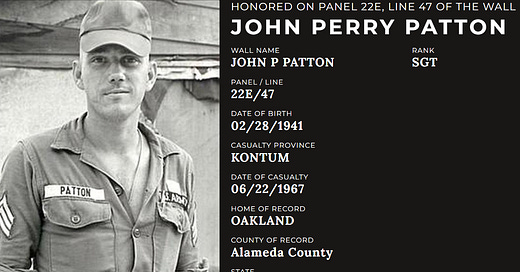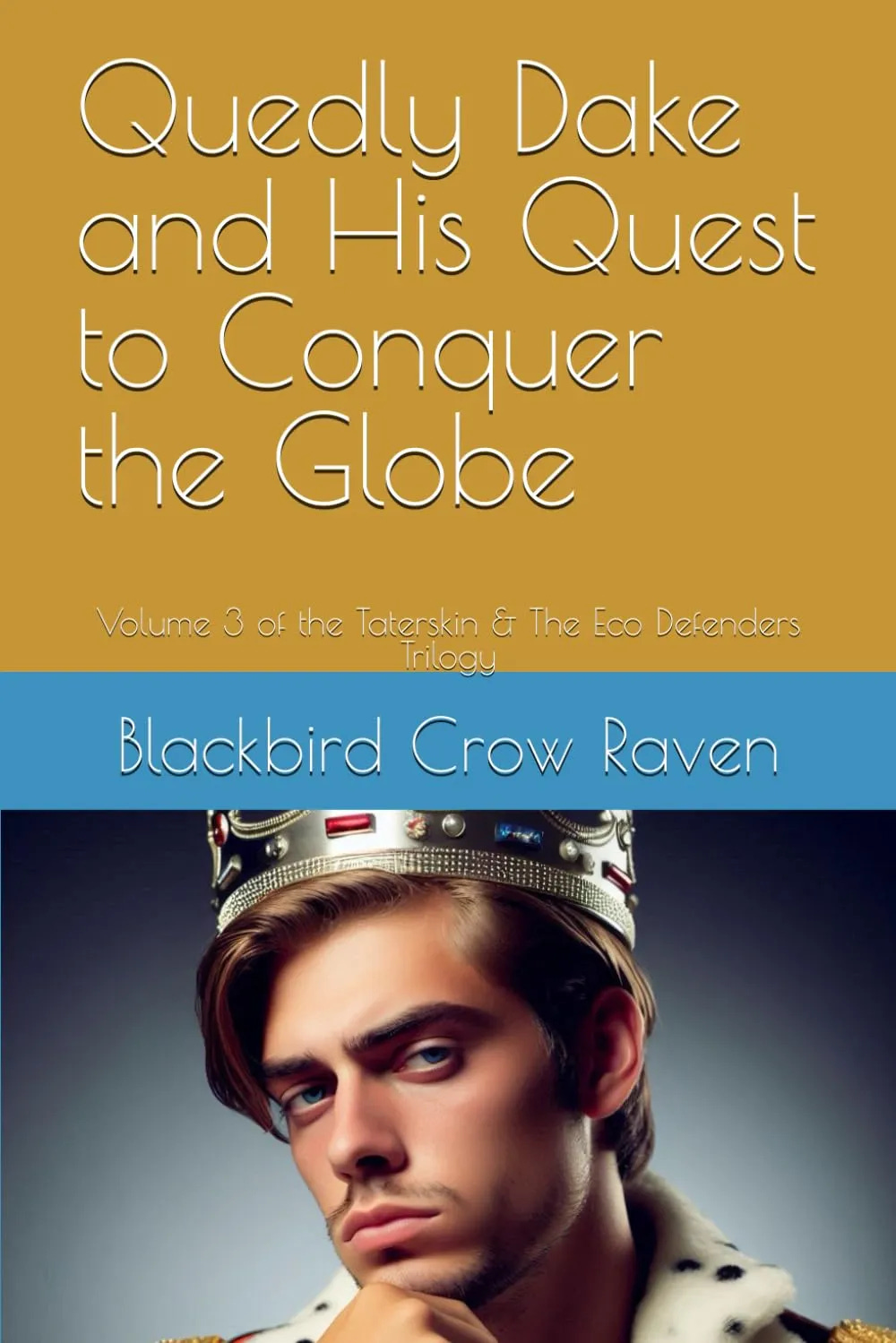The Mysteries of History (January 21 Edition)
A Guillotine, a Quagmire, and a Largely Ignored Protest
“Those who cannot remember the past are condemned to repeat it” — Spanish-American philosopher George Santayana, 1905
1793 — King Louis Beheaded
image generated using Bing Image Creator
During the French Revolution, King Louis the 16th (not XVI, as I hate Roman numerals, because a numbering system without zeros is like a day without sunshine — worse, even!) had his head separated from the rest of his body by a guillotine. Nine months later, his wife Marie Antoinette suffered the same fate.
Questions: Why were Louis and Marie executed? Where had they been trying to escape to when apprehended? How many years after the American Revolution did the Franch "commoners" rebel against monarchy?1968 — The Battle of Khe Sanh Begins
public domain images from wikimedia commons
The Battle of Khe Sanh in Vietnam, which lasted over two months, began on this day in 1968. Nine years later, in 1977, President Jimmy Carter pardoned hundreds of thousands of American men who evaded the draft during the Vietnam War, most of these doing so by relocating to Canada. Many of the conscientious objectors who remained in the U.S. rather than skedaddling or absquatulating were detained in prison for their principled stand. Bruce Springsteen’s song Born in the USA contains the lyrics, “I had a brother at Khe Sanh
Fightin' off them Viet Cong
They're still there, he's all gone”
On a personal note, I had an uncle, John Perry (“Uncle Fudd”) Patton who died in Vietnam in June of 1967, killed in combat during “The Battle of the Slopes” on a hill that, after being “taken” by American forces, was subsequently abandoned.
Questions: Which European nation had fought in Vietnam before the U.S.? When did they leave? When did the Americans arrive? How long did the war last? How long did the draft last? What was Bruce Springsteen's connection to the war? Why did my uncle and 58,000 other Americans die?2017 — Millions of Marching Women
public domain image from wikimedia commons
On the first full day of Donald Trump’s first Presidency, in 2017, four million people (not just women) protested in cities nationwide, hundreds of thousands of them in Washington, D.C and a similar number in Trump’s home “town” of New York City. It was the largest one-day protest in U.S. history.
Questions: What prompted the march? What were the marchers protesting? What did they hope to accomplish? What did they accomplish (if anything)?









